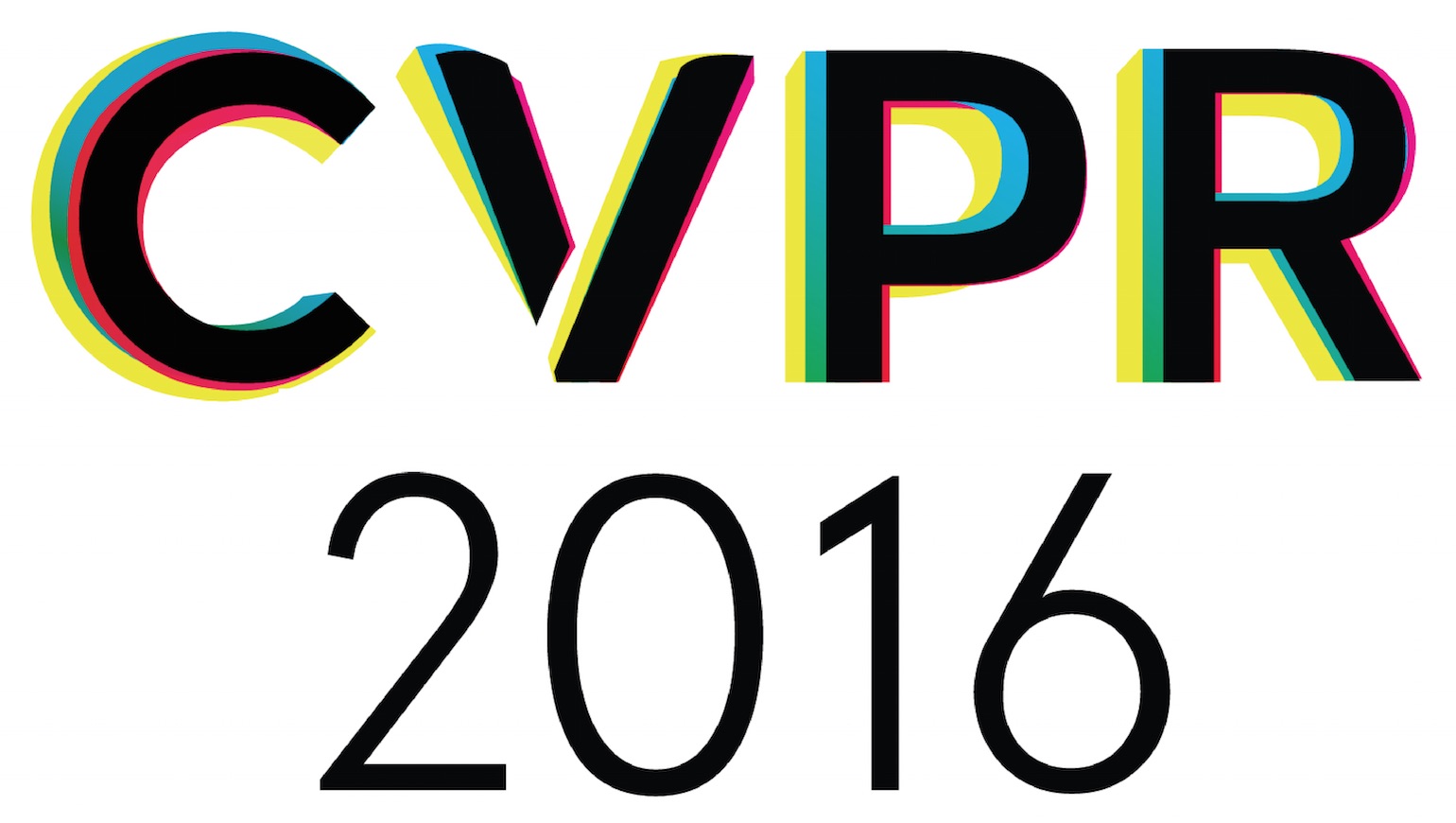-
Do Computational Models Differ Systematically From Human Object Perception?
AbstractRecent advances in neural networks have revolutionized computer vision, but these algorithms are still outperformed by humans. Could this performance gap be due to systematic differences between object representations in humans and machines? To answer this question we collected a large dataset of 26,675 perceived dissimilarity measurements from 2,801 visual objects across 269 human subjects, and used this dataset to train and test leading computational models. The best model (a combination of all models) accounted for 68% of the explainable variance. Importantly, all computational models showed systematic deviations from perception: (1) They underestimated perceptual distances between objects with symmetry or large area differences; (2) They overestimated perceptual distances between objects with shared features. Our results reveal critical elements missing in computer vision algorithms and point to explicit encoding of these properties in higher visual areas in the brain.
Related Material
[pdf] [supp] [video][bibtex]@InProceedings{Pramod_2016_CVPR,
author = {Pramod, R. T. and Arun, S. P.},
title = {Do Computational Models Differ Systematically From Human Object Perception?},
booktitle = {Proceedings of the IEEE Conference on Computer Vision and Pattern Recognition (CVPR)},
month = {June},
year = {2016}
}
These CVPR 2016 papers are the Open Access versions, provided by the Computer Vision Foundation.
Except for the watermark, they are identical to the accepted versions; the final published version of the proceedings is available on IEEE Xplore.
Except for the watermark, they are identical to the accepted versions; the final published version of the proceedings is available on IEEE Xplore.
This material is presented to ensure timely dissemination of scholarly and technical work.
Copyright and all rights therein are retained by authors or by other copyright holders.
All persons copying this information are expected to adhere to the terms and constraints invoked by each author's copyright.

